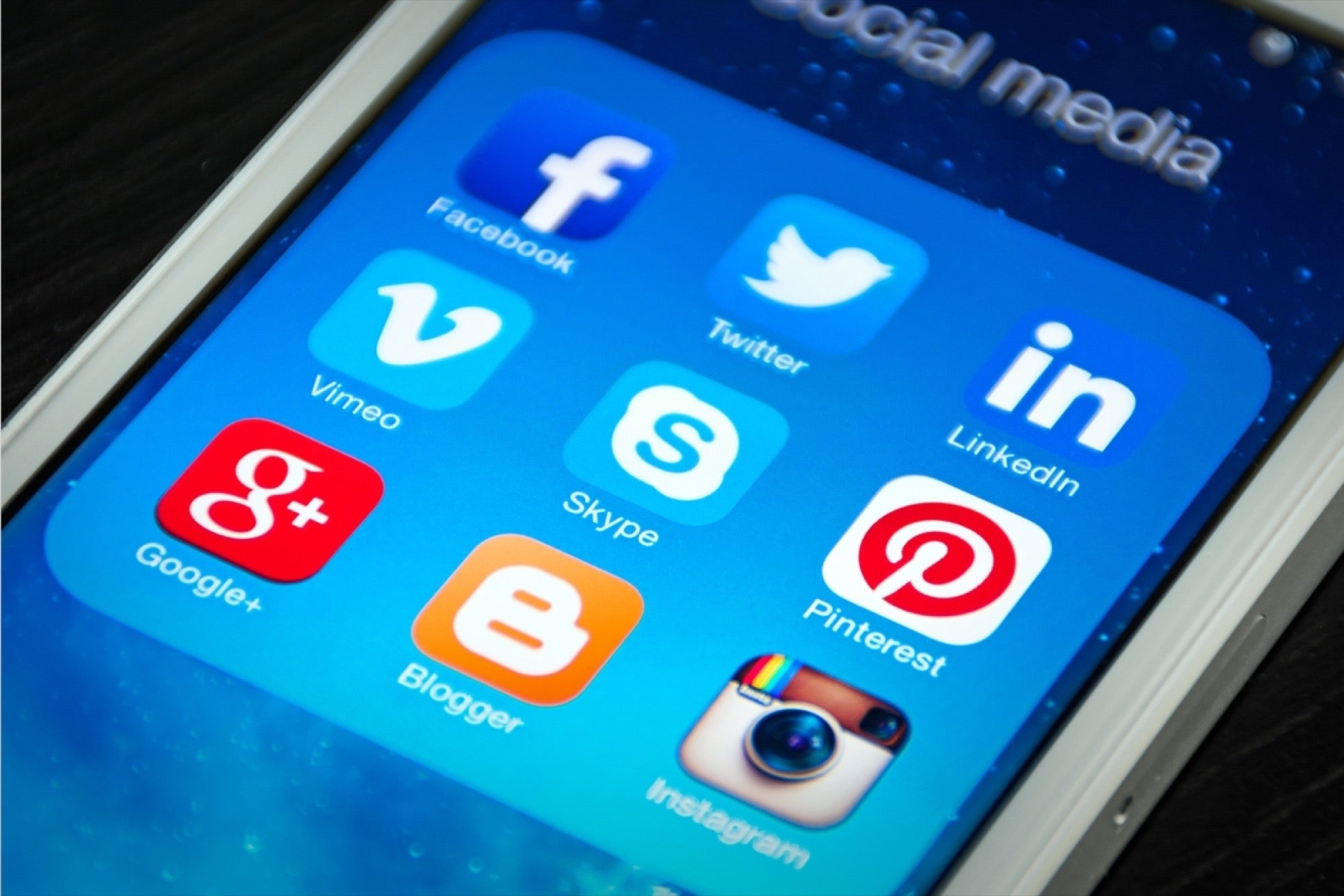Why Instagram Stories could actually beat Snapchat; and why they won't What's the deal with everyone copying everyone else?
Opinions expressed by Entrepreneur contributors are their own.
You're reading Entrepreneur India, an international franchise of Entrepreneur Media.

A few weeks ago Facebook released its "Stories" feature on Instagram. It's not the first time Facebook has taken a broad understanding of the phrase "imitation is the sincerest form of flattery", but this time they went as far as giving the feature the exact same name.
The decision demonstrates confidence. Usually, when you release your version of a "borrowed" concept to the world, you try to mask it. Facebook's decision to use the exact same name shows a level of confidence, some would say, arrogance, in their ability to deliver a better product and beat Snapchat in their own game. And so far, they are.
You may not know this, but over the past year or so, Facebook has been courting the Internet's biggest influencers and celebrities, no more than two weeks ago signing roughly 140 celebrities and media companies offering them various benefits in exchange for abandoning their old social networks in favor of its platform – specifically for two features. "Live Broadcast" on the main Facebook platform (taking on Youtube, Periscope and the likes), and Stories on Instagram.
While I personally feel Live Broadcast is doomed from the start (Rio Olympics are down 20% compared to London 2012) – no one seems to want to watch these videos – Facebook's confidence in Stories is beginning to look justified. So justified that one has to wonder whether this is Snapchat's MySpace moment.
Brands and Influencers already have a much larger following on Instagram and this creates significant switching costs
It's really hard to build an audience. Influencers spend enormous amounts of time and effort and brands spend enormous amounts of money on building a following on social platforms. Instagram stories may have come second, but you would be hard pressed to find a brand or influencer that has a bigger following on Snapchat with 150M active users than they do on Instagram with 400M active users. This creates an enormous switching cost for brands that are likely to continue to fish where the fish are, and may or may not spend additional time and budget in the smaller pond.
Very few platforms know how to create switching costs the way that Facebook does. Anyone can build an exact replica of Facebook – but would you use it? Your friends aren't there, so what's the point? Now think about a brand or Influencer. Yes, Snapchat is awesome and cool. But I already have a million followers on Instagram. I'm not going anywhere. And guess what? My audience has really limited platform loyalty. They follow the content and the influencers, and if enough of them abandon Snapchat, like they did Vine, their audience will follow.
Instagram invests in its influencers
One of the biggest mistakes Twitter made with Vine was completely ignore their influencer community. These influencers drove traffic and action on the platform, but more than anything, they served as a constant reminder to numerous aspirational wannabes that they too could become an overnight success on the platform.
They're mostly gone now, looking for greener pastures and places that will help them monetize and grow their following. Snapchat looked like it could be that, but it has demonstrated very limited interest in helping its influencers interact directly with brands and has provided both sides with extremely limited tools to work together. It's hard for them to connect, it's even harder for them to predict and / or measure results.
Instagram is all over it. It's new business profiles actually allow you to contact the owner directly.
Posts can be promoted and insights about audience and views are available.
Influencers and brands online are defined by their audience and are always looking to build on it. They can't do that with Snapchat's current toolset. Some would argue they could never do it with Snapchat's DNA which focuses on disappearing content and limited information and data. Instagram has an abundance of helpful functions, including tagging, hashtags, and their recommended post section.
Money Money Money
Perhaps more than anything, brands I speak to seem wary of spending with Snapchat. The new API seems to be severely limited, and brands, which have grown accustomed to Google Analytics quality data are cringing at the thought of spending on a platform that provides such a limited opportunity to understand whether your marketing efforts are bearing fruit. While Snapchat has introduced targeting solutions recently, time will tell if brands will be satisfied.
Instagram makes it really easy to spend. Brands now have the ability to boost their post – the same ability they know so well from Facebook that allows them to hit lookalike audiences that are likely to connect with their brand.
Despite being first to market with the Stories feature, Snapchat still needs to prove it can monetize the feature properly – and I would argue this would require a significant overhaul of their current advertising options.
Facebook may have won the battle, but the war is still ahead of us
Let's be clear, Snapchat has made major gains in user to user functions among its powerful millennial base. However, Instagram remains the bread and butter for most major brands in sports, fashion, and entertainment. They added Snapchat's best feature for authentic storytelling, and they made it better.
Well played Facebook and its Snapchat's turn to respond. With a loyal user base of coveted millennials and a $20B valuation, I wouldn't expect them to be going anywhere any time soon. With that said, they have their work cut out for them and it's still unclear whether they'll end up being this generation's Facebook killer, or whether Evan Spiegel will join Tom Anderson in the "almost, but no cigar" list.










